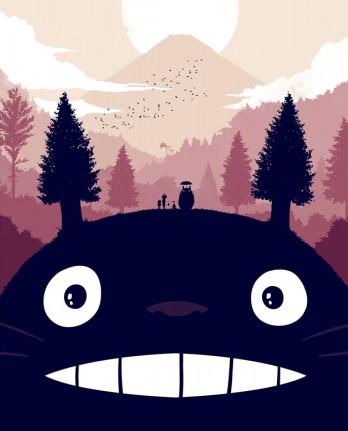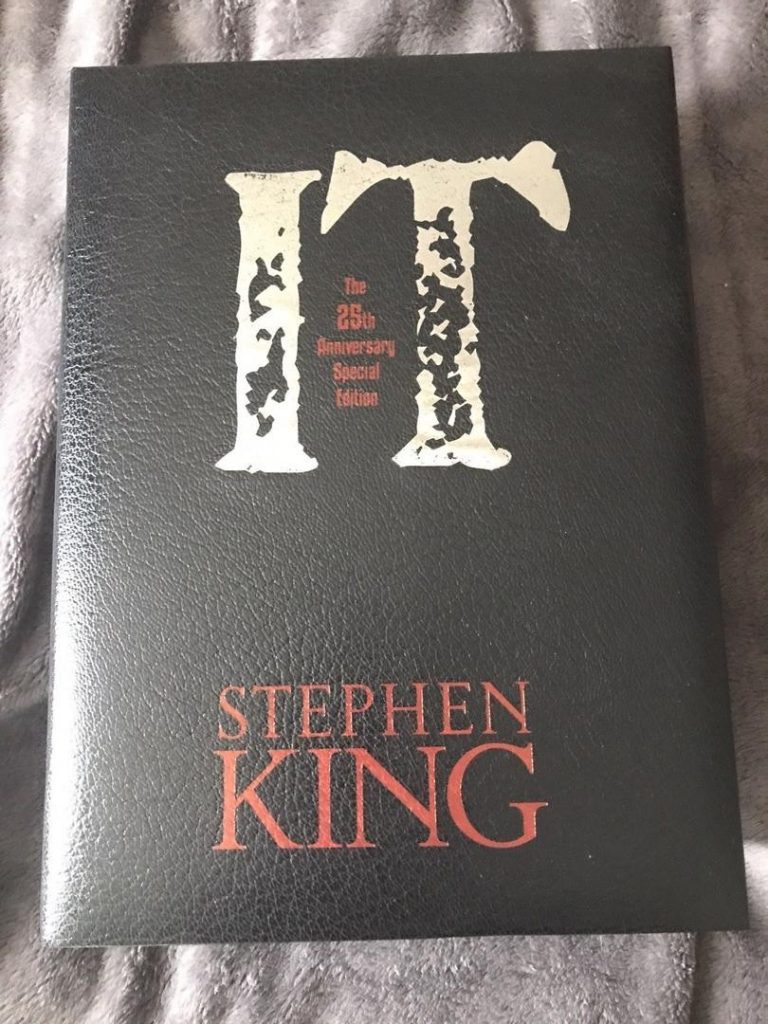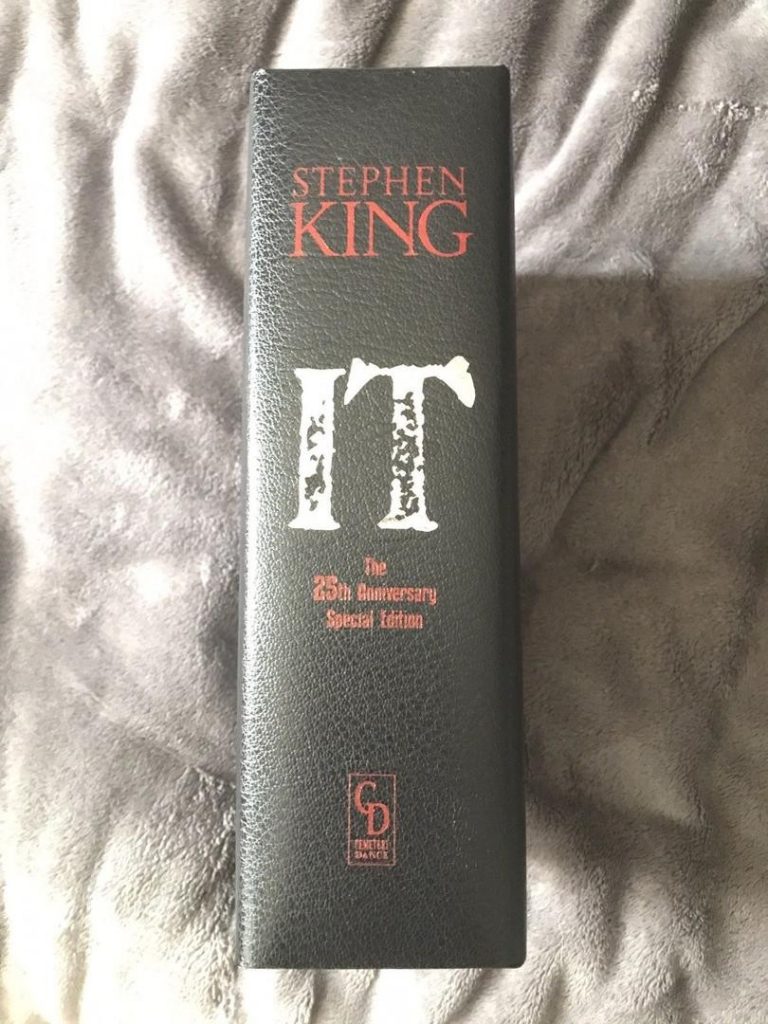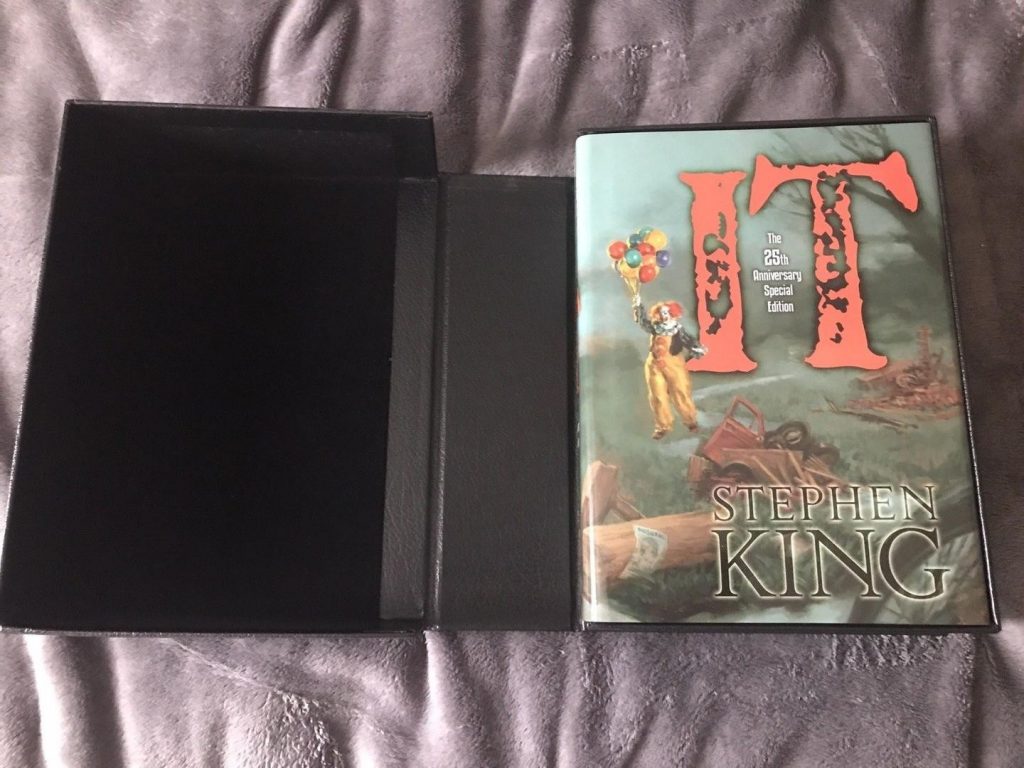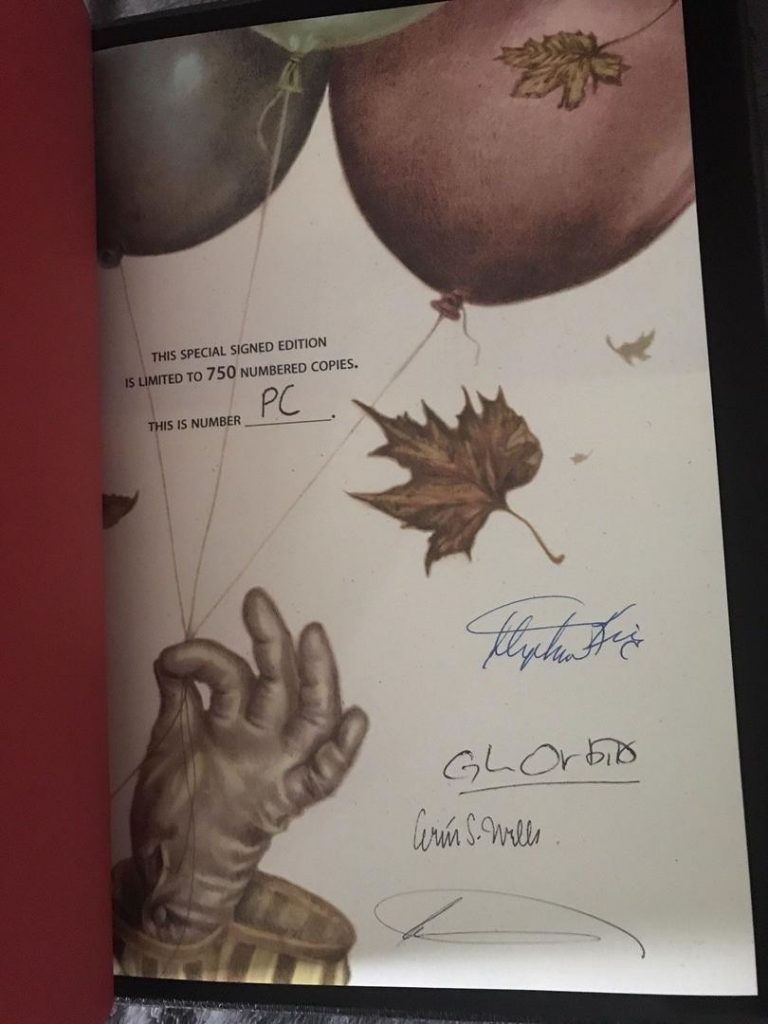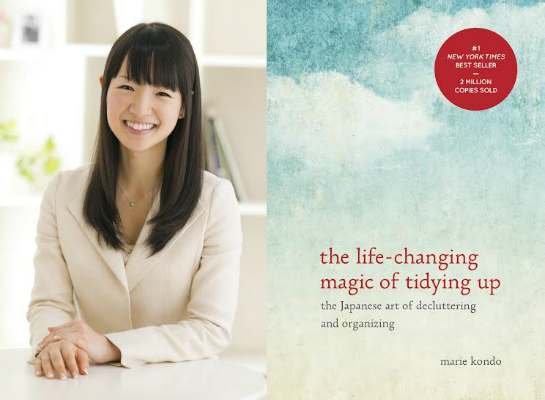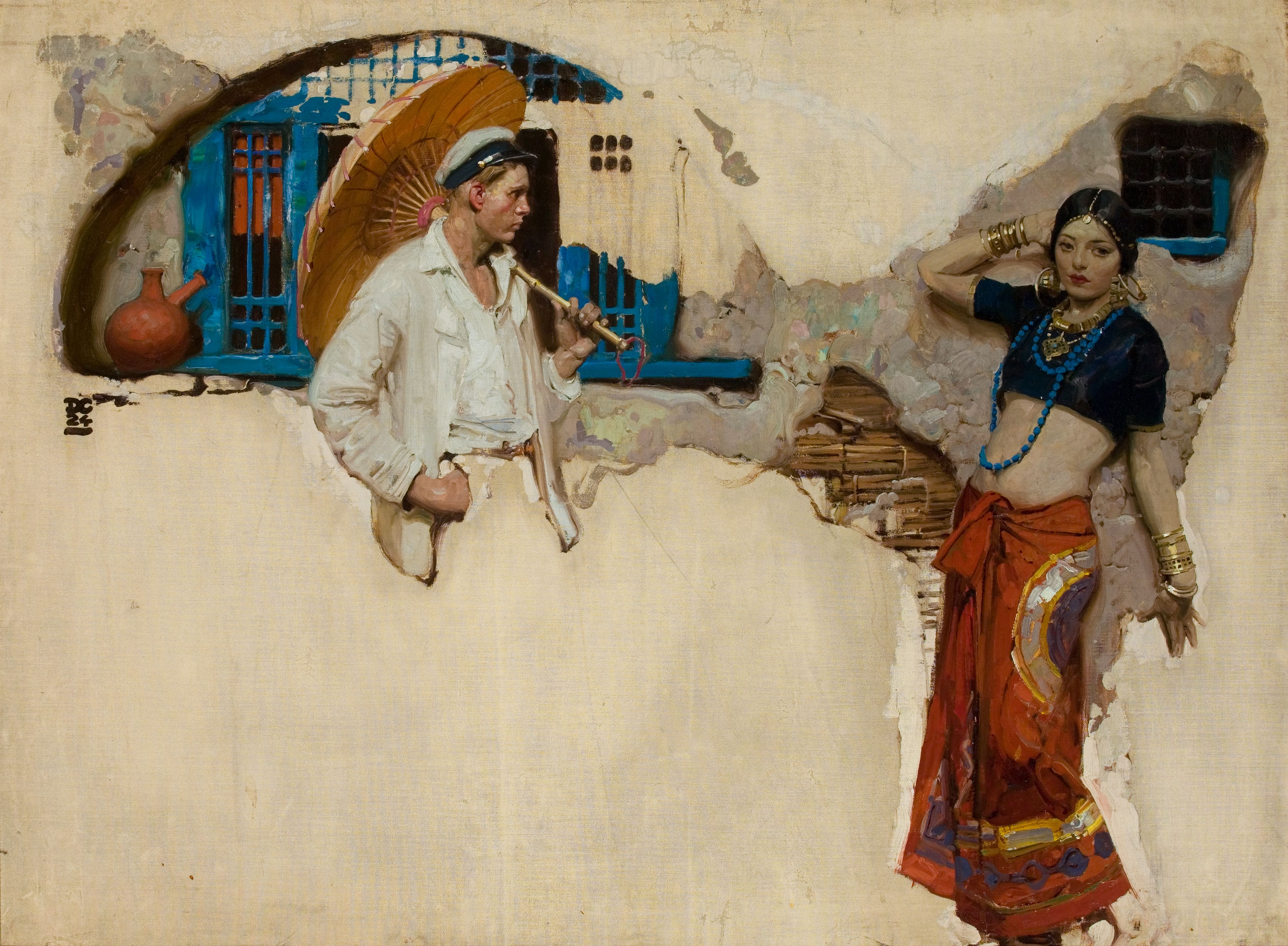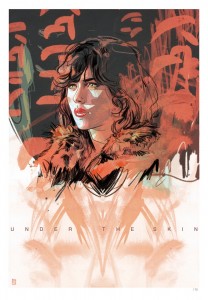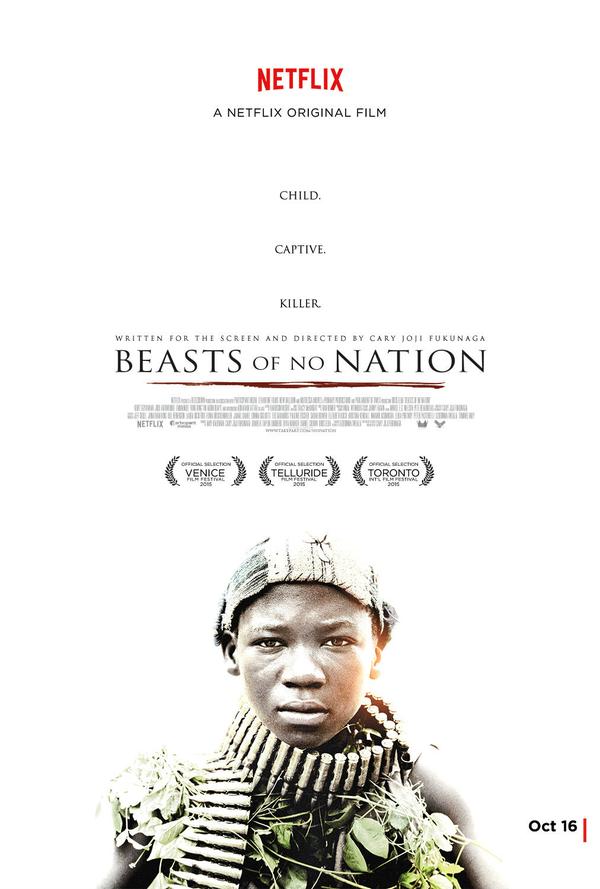This is the second part of a series of posts on collecting Stephen King limited editions.
The Second Book
Salem’s Lot, Centipede Press

Every now and then I think about the purpose of this blog, and am assaulted by dark thoughts about vanity and pointlessness. But then an exercise like this makes me realize why it is important to me. A simple thing –– memory. With the inevitability of time, the onset of age, and the realization of my mortality, there is comfort in remembering moments that made me who I am. It is strange to look back and realize that I read a book for the first time when I was nineteen; I will turn forty this year, which means that a literal lifetime has passed by. Until I started writing this post, I didn’t consciously think about Salem’s Lot and my first experience of it. I was trying to think of what the cover of my copy looked like. And when I did, a bunch of surprising memories tumbled out.
In the summer of 1998, important things were happening in my life. I had graduated from Pre-University (or Higher Secondary, a term I personally did not prefer) in Cotton College, Guwahati. The early part of that year was spent appearing for multiple examinations; first came the Higher Secondary exams, the hall-pass required by the powers that be to declare us suitable to appear for various other examinations, each dedicated to a Hallowed Institution. Those included the IITs (did not make it through), Roorkee examinations (the secondary choice, and one I was not interested in), and the Joint Admission Tests, the ones which guided my life. Once the exams were done, it was then time to scramble across the country applying for various disciplines. There wasn’t any time to waste, future careers were at stake. All that we knew, back then, was that we needed to make it into a Good College, somewhere outside Assam. Everything else would fall into place.
In my inner life, however, I was absorbed with other things, primarily a newfound passion for the writings of Stephen King. The Shining had exploded into my consciousness during a trip to Delhi. Suddenly, in this pre-Internet world of coincidental self-curation, this writer’s work clicked with me in that inexplicable way, like a floating jigsaw piece that snaps into place and unlocks a puzzle you’ve been dreaming of completing. The more I looked up this guy’s books (and the most you could do, at that time, was look up Encyclopaedia Brittanica entries, or ask around), they showed promise. They did not seem formulaic, ranging from killer dogs to telepathic children to childhood monsters. Stephen King seemed like the kind of guy who wrote books just for me.
Unfortunately, for whatever reason, the booksellers of Guwahati were impervious to the charms of Sai King. The only book I saw on display was Cujo, and the number of unsold copies just turned me off, a phenomenon I refer to as the ‘Waiting To Exhale effect’, named after the other book that kept turning up in every single bookshop I visited in India. So while my parents fretted about the upcoming cross-country travel to my new alma mater, the one thing ticking away in my mind was –– how do I maximize the potential to pick up King books on the train ride? We were going to pass through Calcutta, a place whose bibliophilic charms I was familiar with, thanks to summer science camps from the last two years. I convinced my father to stop in Howrah for half a day, also making it clear what my intentions were. Not ashamed to admit that I was blatantly taking advantage of his separation anxiety.
In any case, we ended up in Gol Park, the Used Fiction Central in the city, much like College Street was the Used Textbook Haven. I don’t think I ever saw the actual park that gave the place its name, because every time I was there, hours would pass as I pored over the stacks of books along the street stalls. Not all the shops would be open at the same time, and out of the corner of my eye, I could see a bookseller languidly walk and unshutter a set of wooden planks, and begin that algorithmic Display Dance, where the best-sellers got pride of place, while the real, kooky titles that I was interested in would be relegated to the back, or be lost in a forest of multi-colored spines. It was a great game, maybe The Greatest Game I loved to play while growing up, this act of excavating shiny treasures from amidst dust and age. The byproduct of scarcity, I guess.

That day, I struck metaphorical gold. Not only did I find some great King books, but they were being sold at great prices. There was Desperation, Night Shift, Insomnia, and the non-fiction Danse Macabre, and managed to talk down the bookseller with a combination of flattery and nonchalance that I had perfected in Guwahati. My father was amused by the haggling, I knew he would just have paid the 150 Rs instead of the 100 that we finally agreed on.
As the guy was pocketing the money, he off-handedly pointed me to a different store. “He may have a Stephen King or two”, he said. I wasn’t too convinced, I had given the shop he pointed at a once-over, and was not taken by the gentleman’s collection. There were some Conan The Barbarian paperbacks, and an Agatha Christie or two, but I had been thorough enough, and there was narry a King in sight. But I took a chance, went over, and asked the gentleman directly, which is something you do not do, dear bargain hunters. Because if the seller knows you are looking for a writer, the price does not budge.
“Hmmm, King, King”, the man muttered to himself, casting an eye on the shelves behind him. Just as I was sure it was time to go, he said “Aha, yes, yes, here”, and brought out a book that had no cover, no discernible spine (which explained why I did not see it in the first place), and covered in a layer of dust. I flipped to page one, and caught my breath.
It was Salem’s Lot. To my Dracula-worshipping eighteen-year old self, there was no other King title I was more interested in. ‘Vampires in small-town America’ was a phrase that made my nether regions tingle. So I did the logical thing, which was to put the book back on the shelf, with a vague look of nonchalance on my face. “It’s too damaged, dada”, I said. “I would have bought it if it was in a better condition. “
“Condition shondition”, he countered. “You won’t find this anywhere else.”
I knew. But obviously I did not want him to know that I knew.
“Na na, I am headed to Hyderabad, they may have more copies there.”
“Hmm, fine fine. But I would have sold it for….”, he paused, and spat a dollop of paan juice to the side. “Hmm, twenty rupees. Yes, it is yours for twenty.”
I looked at him with awe and disgust. “Dada, I just bought these three pristine-looking books for 25 Rs each, from your friend over there.”
“Did you? Did you? Hmm, how much do you want to pay then?”
“I am not even sure I want it, it’s…”, I picked up the book and grimaced. “It’s so old, I can read it once and then it will fall apart.” Which was sort of true, really.
“All right, it’s bohni time”, he said, and spat again. Bohni, dear readers, is the peculiar belief that the first sale of the day is more important than other sales, and concessions have to be made to facilitate it. “Last offer, 10 rupees.”
I could see my father, a little tired of the rigmarole, edge towards his wallet, and before he could, I blurted out. “Five rupees!”
And regretted it the next second, because of course it was too low, and the guy would be insulted, and he would ask me to get out of town and never come back again.
That did not happen. He shrugged, spat for the third time, and said, “Ok fine, five it is.”
Dear reader, you wouldn’t have believed the shit-eating grin on my face as I walked away. Or maybe you do. It stayed on my face for the bulk of the day, and every now and then, I would open my bag and touch the five new Stephen King books I bought that day, just to make sure I owned them, and that I was still in the real world.
The train stopped at Vijaywada a day later, our last major stop before the journey ended, and a quick trip to the largish bookstore on the Central Platform got me The Dark Half and Four Past Midnight. They were new books, and I paid 50 Rs each for them, which was the limit of my mental allowance for a book at that point of time in my life. My father did not complain, he somehow understood that this was important for me. Plus separation anxiety.
I read all the books in the course of the next year. Back then, it was a bad idea to blaze through reading material, because days of hitting the motherlode would be followed by extended periods of scarcity. In a few years, that would no longer be the case, but I had no idea then. So I paced myself. Salem’s Lot was the last of the lot I read, obviously. I read the short story ‘Jerusalem’s Lot’ in Night Shift, and wondered if the book was related. But the story was more Lovecraft than Dracula, and as it turned out, they weren’t connected by anything other than the name of the place where the story and the novel were set. The Lot, with Castle Rock and Derry, form the trinity of fictional Maine towns that King created in his version of the state. It was inspired by small towns, and the story of a specific ghost town.
It is based on a town in upstate Vermont, that I heard about as an undergraduate in college, called Jeremiah’s Lot. I was going through Vermont with a friend and he pointed out the town, just in passing, as we went by in the car. He said, “You know, they say that everybody in that town just simply disappeared in 1098.” I said, “Aw, come on. What are you talking about?” He said, “That’s the story. Haven’t you heard of the Marie Celeste where everybody supposedly disappeared? This is the same thing. One day they were there and then one day a relative came over to look for someone that they hadn’t heard from in awhile; and all of the houses were empty. Some of the houses had dinner set on the table. Some of the stores still had money in them. It was covered in mold from the summer damp and it was starting to rot, but nobody had stolen it. The town was completely emptied out.”
https://bit.ly/2PlVueI
My favorite memory of Salem’s Lot does not have to do with my first read. Of course I enjoyed the book, it was a self-fulfilling prophecy of sorts. I was enthralled by the small-town setting, the moments of tension that King builds slowly, those terrifying sequences when shit really hits the fan in the town. The downbeat ending crushed my heart, but I respected the writer’s choices. They were, as always, great choices.
My favorite memory of Salem’s Lot was convincing my friend Udatta to read the book. My college seniors tolerated my King-lust, but they found the writing too weird or pulpy, and horror is not an emotion people crave. Udatta in general was fond of classic literature, he was my gateway to the likes of Henry Miller and the Beat writers. He picked up Salem’s Lot, I suspect, because it did not have a cover. He took it from me one weekday afternoon, and at about 10 PM in the night, I hear a knock on the door of my hostel room.
“Chetri”, he said. “You’re coming with me.”
“Uh, ok. Where?”
“My room. My roommates are away, and I just read this scene where the children appear at the window in the middle of the night, and now I cannot look at my window. Or be in my room alone.”
I confess I cackled more unkindly than I should have, but I did end up spending the night giving him company as he finished the book. After which he threw it at me and said, “Great book. But I am not reading any more of your King stuff ever again.”
That copy did not fall apart as I had claimed. Books are more resilient than the rest of us.
Some years later, I was in Waldenbooks in Hyderabad, when I saw an incredible copy of Salem’s Lot for sale. It was the illustrated edition, and it had an insane price tag, something like 500 Rs. I didn’t buy it, and for many years, had a twinge of regret every time I thought about not buying it.

Searching for this book later on eBay, however, led me to realize that it was the mass-market edition of an extremely limited release of Salem’s Lot, by a publishing house called Centipede Press. How limited? Here’s the description:
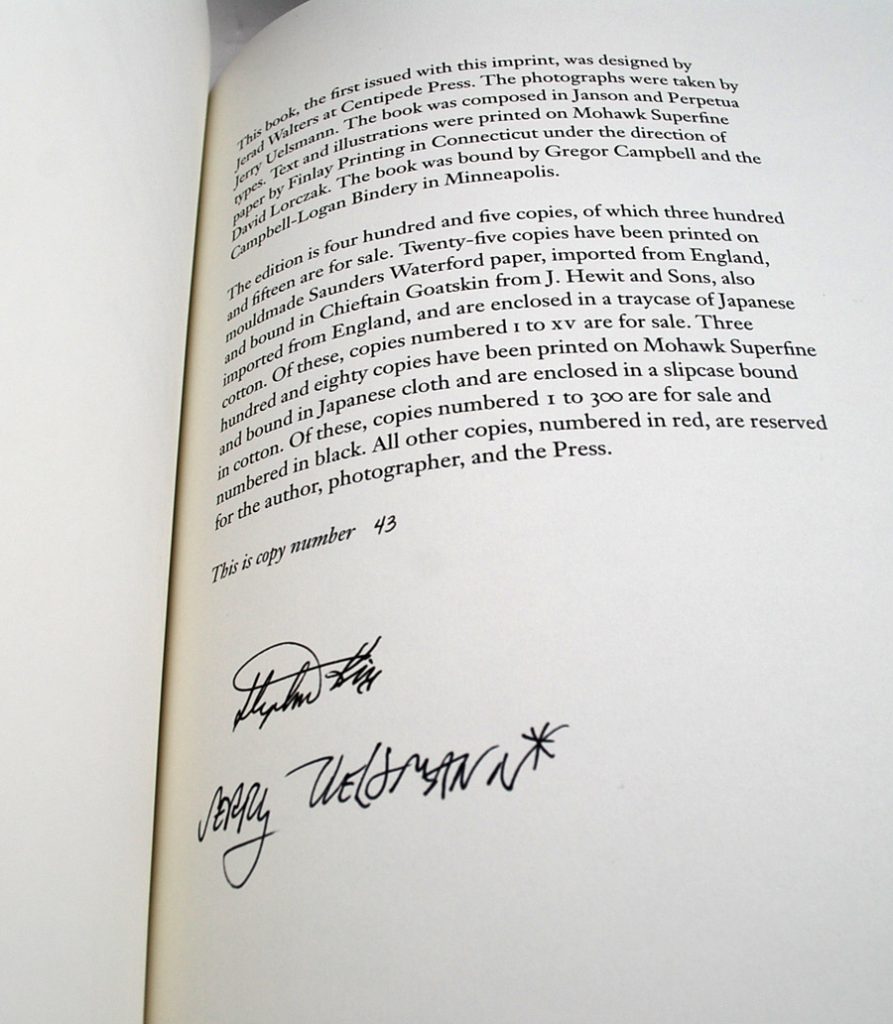
When I bought it –– oh yeah, I knew I had to buy it, once the collectible lust was on me –– I was astounded by the sheer heft of the thing. It looks comparable to one of the Taschen XL books, and weighs six kilos (13 lbs). The all-black cloth binding, embossed sparsely with the name of the book and its author, is austere and classy at the same time. Jerry Uelsmann’s pre-digital era photomontages are somber works of art that complement the tone of the book perfectly. The cloth covering does make it sort of a dust magnet, but that does not bother me much. It does bother me, however, that the weight of the book makes it impossible to read normally.
But boy, does it look great on the shelf.
